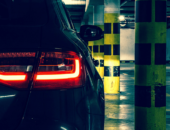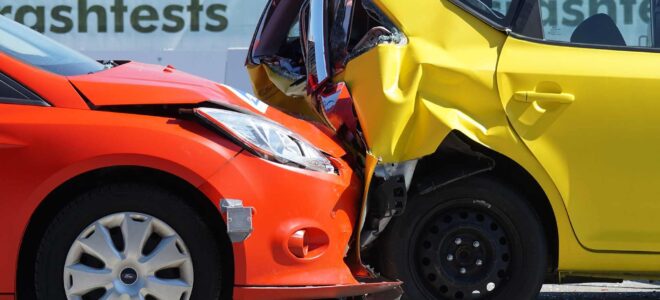
It is widely believed that the driver in the back is always the one who causes a rear-end collision. However, it may happen to you that you rear-end a car in front for reasons that are completely out of your control. In order to establish who caused the accident, it is important to learn more about car accident laws since liability in these cases is complicated, much more so if the driver in the back pushed the car in front onto another vehicle, resulting in a multi-vehicle collision.
How Is Liability Proven in a Rear-End Collision?
There are many reasons why a negligent driver can be at fault for a rear-end accident. They may have been driving distractedly, they may have been speeding, or they may have been tailgating too close to the vehicle in front, not having enough time to brake without running into the other car.
However, liability may be disputed in these cases:
Speed
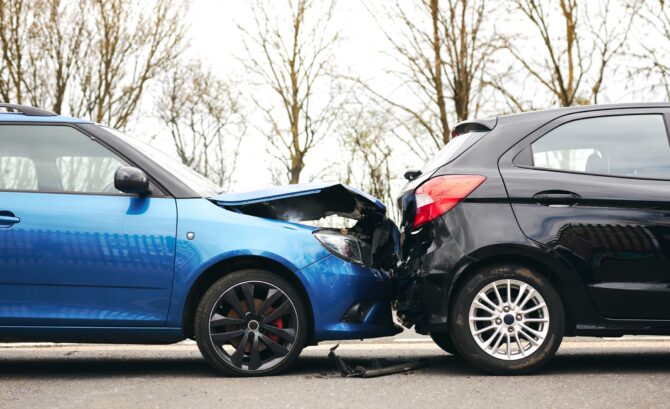
Source: nakaselawfirm.com
If it is hard to determine liability, it may be useful to establish the speed at which the vehicles were traveling when the crash occurred.
Damage to the Vehicles
The position of the cars at the time of the collision and the damage they suffered may help establish how the accident happened. Just because the car in front has damage in its rear and the car in the back has damage in front it cannot automatically be assumed that the car in the back is liable.
Statements From Witnesses
Witnesses who saw what happened may help establish which one of the drivers was negligent and caused this accident.
Video and Pictures
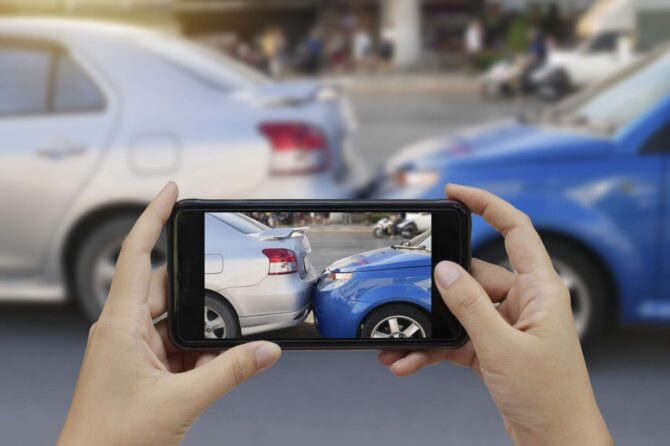
Source: fosterwallace.com
Video and pictures of the damage to the cars, their positions upon impact, and the conditions of the road or the weather may serve as powerful evidence to establish fault.
Police Report
When a police officer comes to the scene and investigates the accident, they will make a determination as to the reason for the accident. They will issue a report as well as a citation to the driver they believe caused the wreck.
Rules of the Road
Rules of the road dictate that drivers must maintain a safe distance from the vehicle in front of them. This is meant to give them enough time and space to stop should the driver in front suddenly slow down or stop. Although many times it is assumed that the driver in the back failed to observe this rule of the road, some of the above aspects need also be taken into consideration when determining which driver is at fault.
How Can You Prove That the Driver in Front Was at Fault?
Although in many cases the driver in the rear is found to be liable for the accident, in others it is the driver in front who causes the accident. This may happen in circumstances like these:
- The front driver suddenly slams on the brakes for no apparent reason.
- The driver in front unexpectedly goes into reverse without any advance warning, perhaps because they have noticed they have pulled too far into an intersection.
- The driver in front starts driving erratically, making it hard for the car in the rear to know how to react or what to expect, thus ending up rear-ending the car in front.
- The car in front is attempting to merge into traffic but does not do it with sufficient speed to allow the car in the back to know how to proceed.
- The brakes of the car in front suddenly stop working.
- The driver in front gets a flat tire and does not react fast enough to get the car out of the traffic lane and onto the side of the road.
Work With an Experienced Car Accident Attorney
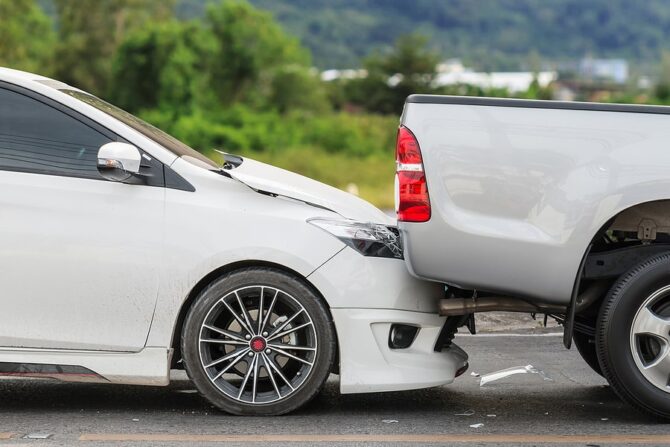
Source: nicoletlaw.com
If you have been in a rear-end collision and it was you who slammed into the car in front, having legal representation may help you prove that, despite being in the back, you were not at fault for the accident.
Your lawyer will gather all the evidence to prove that liability lies with the other driver. You may help by taking pictures and videos of the cars at the scene of the accident, showing the damage the cars suffered and their position on the road. If you were injured, photograph your injuries as well and keep a detailed journal of all your medical expenses and treatments. You may also get testimonies from witnesses and get a copy of the police report.

